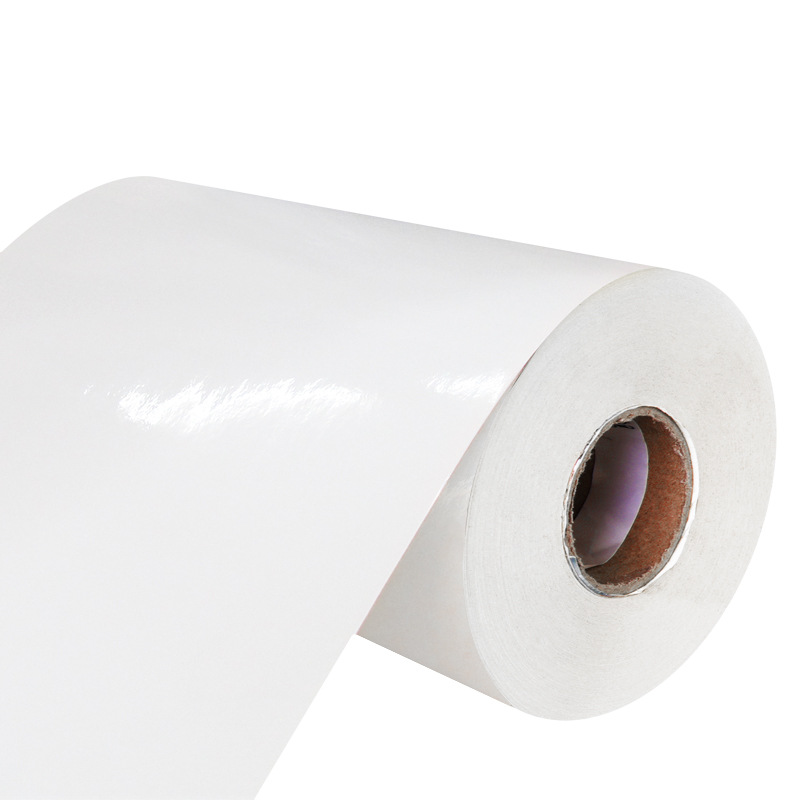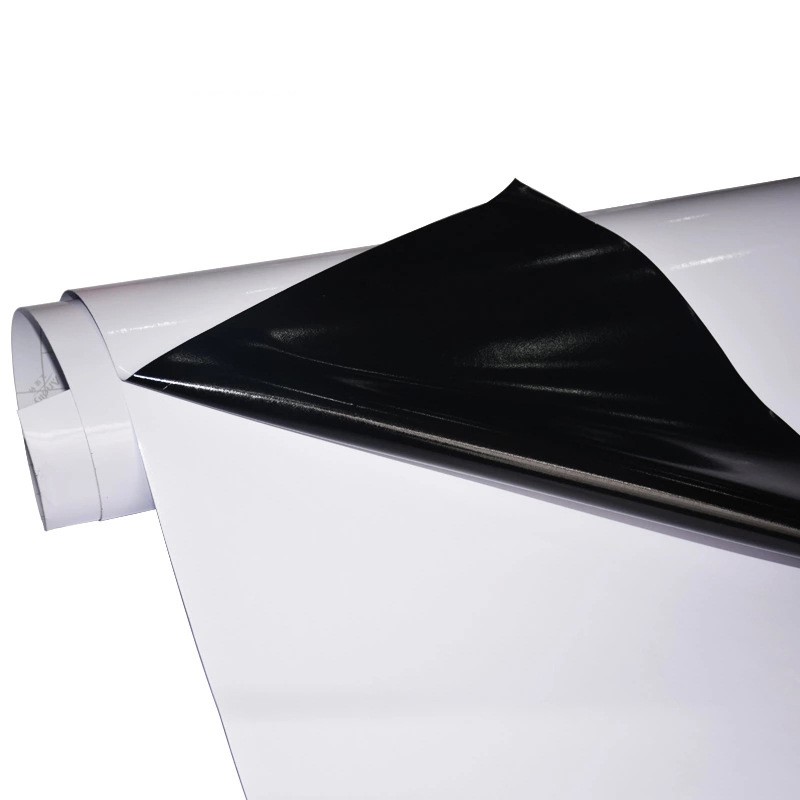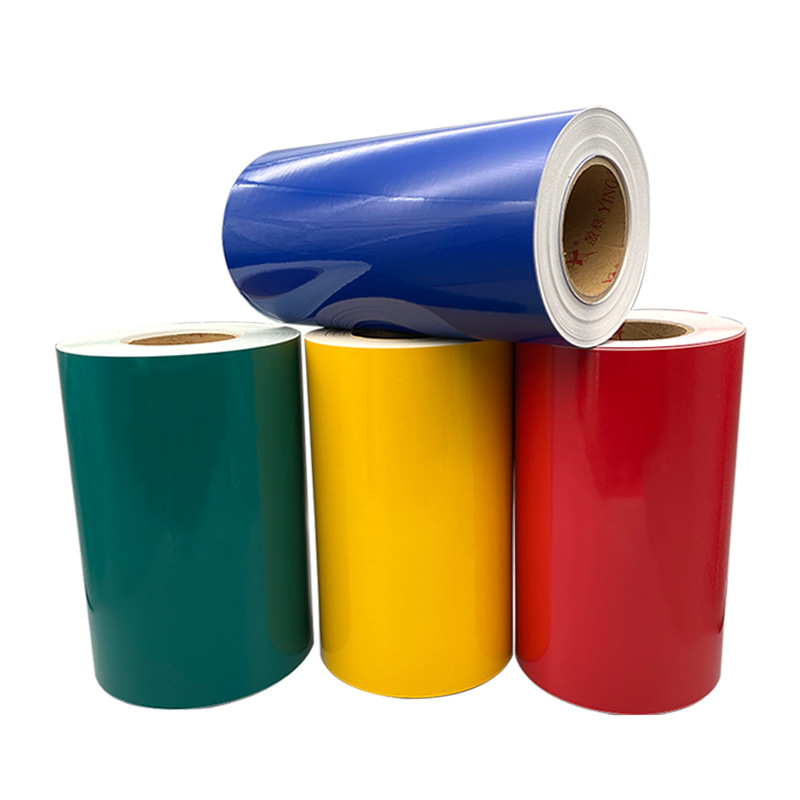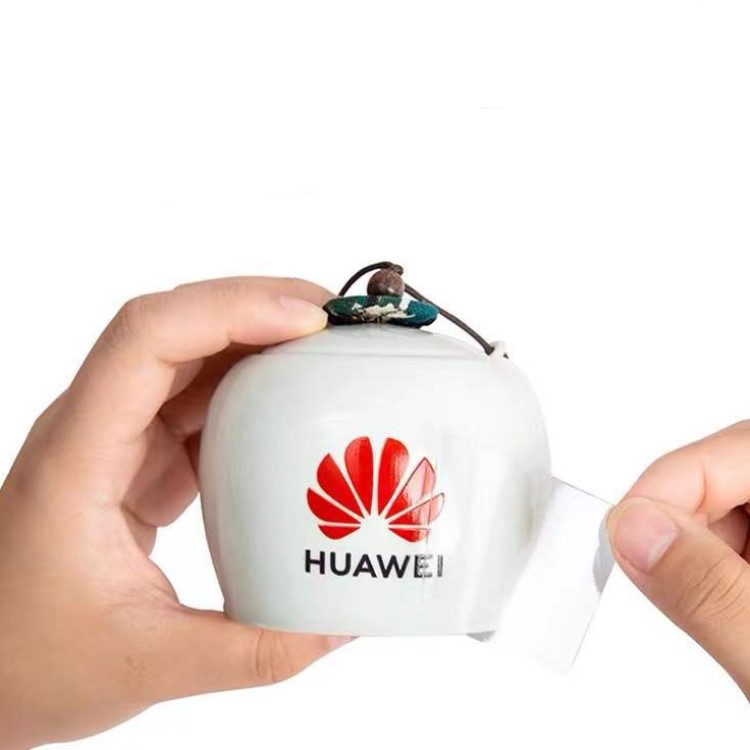Creating Heat-Resistant Labels Using Dried Flowers
Sticker labels have become an essential component in various industries, providing vital information and enhancing the visual appeal of products. As technology advances, there is a growing demand for labels that can withstand harsh conditions, including high temperatures. In this article, we explore the innovative use of dried flowers to create heat-resistant labels, revolutionizing the sticker label industry.
The Need for Heat-Resistant Labels
In industries such as automotive, aerospace, and electronics, products often undergo extreme temperature conditions during manufacturing, transportation, or usage. Conventional labels may fail to withstand these temperatures, resulting in illegible or damaged information. Heat-resistant labels are crucial to ensure product integrity, safety, and compliance with regulatory standards.
Introducing Dried Flowers
Dried flowers, traditionally used in crafts and decorations, possess unique properties that make them suitable for heat-resistant labels. The process of drying flowers involves removing moisture, resulting in a lightweight, durable material that can withstand high temperatures without losing its shape or color.
Manufacturing Process
The production of heat-resistant labels using dried flowers involves several steps:
- Flower selection: Certain flowers, such as lavender, rose petals, and chamomile, are more suitable due to their natural heat resistance.
- Drying: Flowers are carefully dried using techniques like air drying, pressing, or freeze-drying, ensuring that they retain their shape and vibrant colors.
- Coating: The dried flowers are coated with a specialized heat-resistant adhesive, which allows them to adhere to various surfaces even under extreme temperatures.
- Printing: Information, logos, or designs are printed onto the dried flower labels using heat-resistant inks, ensuring clarity and longevity.
- Finishing: A protective layer, such as a clear varnish or laminate, is applied to the labels to enhance their durability and resistance to external factors like UV rays and moisture.
Advantages of Dried Flower Labels
The use of dried flowers in heat-resistant labels offers several advantages:
- Heat resistance: Dried flowers can withstand temperatures ranging from -40°C to 150°C, ensuring the labels remain intact and legible even in extreme conditions.
- Visual appeal: The natural beauty and vibrant colors of dried flowers enhance the aesthetic appeal of the labels, making them visually appealing to consumers.
- Eco-friendly: Dried flower labels are a sustainable alternative to conventional labels, as they are made from natural materials and reduce the use of synthetic materials.
- Customizability: Manufacturers can create unique designs by using different types of dried flowers, offering a wide range of options for customization.
- Cost-effectiveness: The production cost of dried flower labels is comparable to traditional labels, making them a viable option for businesses.
Applications and Future Developments
The use of heat-resistant labels made from dried flowers opens up new possibilities across various industries:
- Automotive: Heat-resistant labels can be used on engine components, exhaust systems, and electrical wiring, ensuring crucial information remains intact even in high-temperature environments.
- Aerospace: Dried flower labels can withstand extreme temperatures experienced during space exploration, ensuring accurate identification and safety instructions on critical equipment.
- Electronics: Heat-resistant labels can be applied to electronic devices, preventing information loss due to high temperatures generated during operation or in manufacturing processes.
The future of heat-resistant labels lies in further research and development to enhance their durability, adhesion, and resistance to various environmental factors. By leveraging the natural properties of dried flowers, the sticker label industry can continue to innovate and meet the evolving demands of different sectors.
We offer comprehensive technical support, including free professional labeling solutions, advice on label materials and adhesive selection, as well as online/offline assistance from professional software and hardware engineers. Service email: andy@ownlikes.cn. In pre-sales, we leverage our extensive experience in specialty labeling projects to provide clients with the most suitable hardware solutions. Additionally, all our label barcode printers and scanners come with a three-year free warranty, demonstrating our confidence in our products.






This site is protected by reCAPTCHA and the Google Privacy Policy and Terms of Service apply.